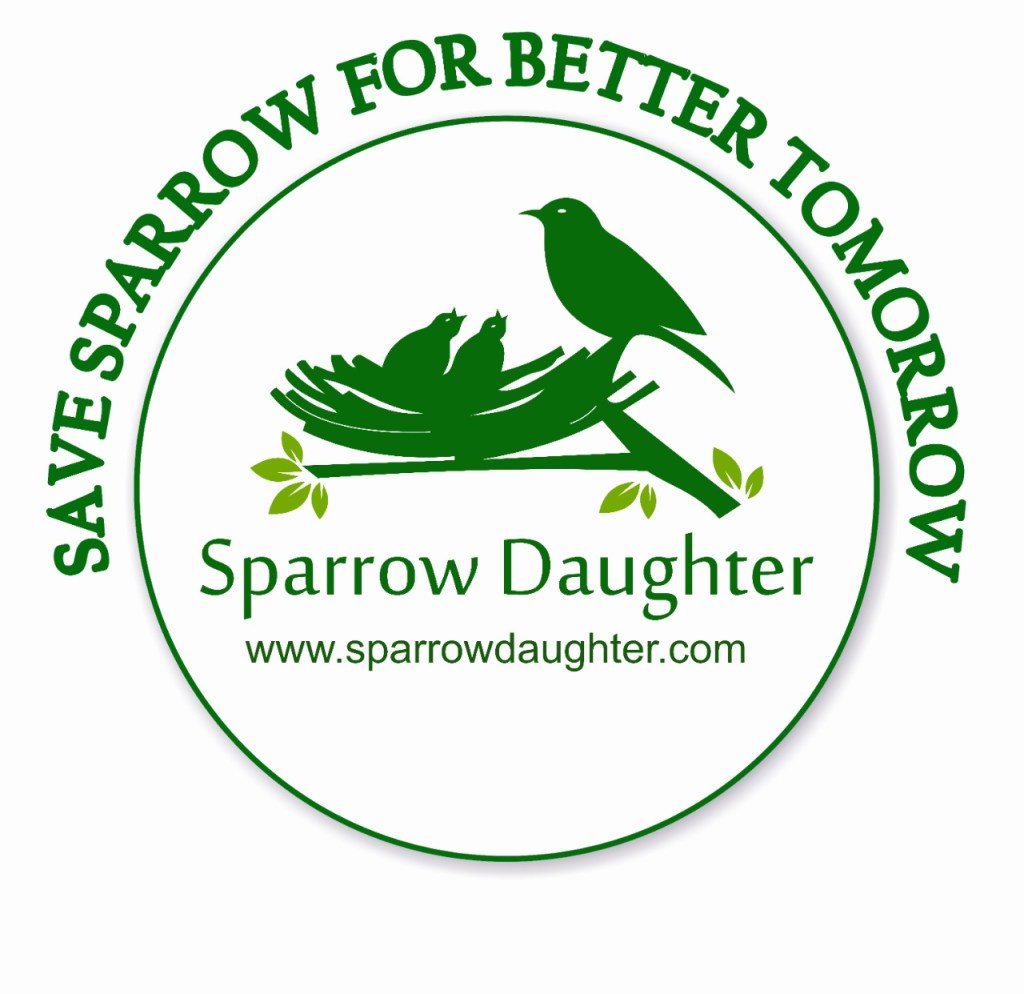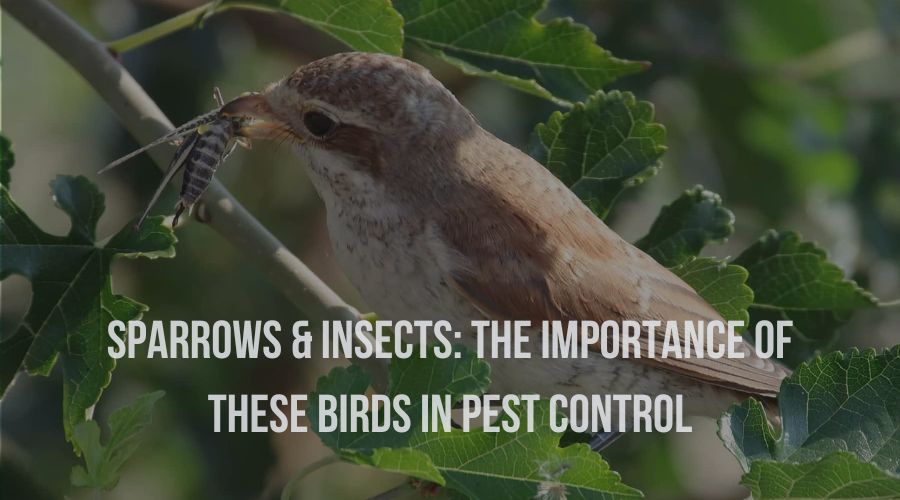Sparrows are often seen as nuisance birds that make a mess with their droppings, but they actually play a crucial role in pest control. Sparrows are voracious eaters of harmful insects like aphids, caterpillars, beetles, and grasshoppers that can damage crops and gardens. By consuming these pests, sparrows help to keep their populations in check, reducing the damage they can do to plants and crops. In this blog, we’ll take a closer look at why sparrows and insects are so important and how we can help support these creatures in our local ecosystems.
Creating a birdhouse for sparrows in your garden or yard can be an easy way to encourage them to visit and help with pest control. You don’t need to spend a lot of money either; bird houses can be made from simple materials such as wood, cardboard, or even an old leather house shoe! Just make sure that the birdhouse is located away from any bird feeders, and try to keep it out of direct sunlight.
The Role of Sparrows in Pest Control
Sparrows are an important part of the bird community, and they are also a valuable tool in pest control. These small birds feed on a variety of insect pests, including aphids, caterpillars, beetles, grasshoppers and other common garden pests. By controlling the population of these insects, sparrows provide a natural form of pest control that is both humane and effective.
Sparrows are effective at keeping pest populations in check. By preying on these pests, sparrows reduce the amount of damage they can do to crops and gardens. This is especially true when it comes to insect pests that feed on plants or crops, such as aphids, caterpillars and grasshoppers. As sparrow birds consume these pests, they reduce their numbers and help to keep plants healthy.
Sparrows are also important for pollination. They help to spread pollen between flowers, which is necessary for plant reproduction and the maintenance of healthy ecosystems. Without sparrows, there would be fewer plants and flowers in our environment, leading to a decrease in biodiversity.
Threats to Sparrows and Insects
Unfortunately, both sparrows and insects are facing numerous threats. These threats include habitat loss due to human activities such as development, the use of pesticides that can kill both bird and insect species, and climate change. All of these factors can have a negative impact on bird and insect populations, reducing their numbers significantly and threatening their survival.
The negative impact of these threats on bird and insect populations has serious implications for pest control. Without sparrows and insects, the number of pests that can cause damage to crops or gardens will increase significantly, leading to more destruction and disruption in the environment. It is therefore important that we protect bird and insect species from these threats in order to ensure that they can continue to provide natural pest control services.
Supporting Sparrows and Insects
One of the best ways to support bird and insect populations is to reduce pesticide use in gardens and on crops. Avoid using chemical pesticides, as these can have a negative impact on bird and insect species. Instead, opt for natural pest control measures such as creating birdhouses or using companion planting techniques. These methods are both humane and effective in controlling pests.
In addition to reducing pesticide use, there are several other natural pest control methods that can be used to support bird and insect populations. Companion planting is one such method, as it involves growing different plants together in order to create a beneficial environment for the bird or insect species. Other natural methods include using bird houses or leather houses, which provide shelter and nesting sites for bird species such as sparrows.
These natural pest control methods are beneficial to bird and insect populations, as they provide an effective way of controlling pests without harming bird or insect species. They also give bird and insect species the opportunity to find food, shelter and other resources that they need in order to thrive. By implementing such methods, we can help to ensure that bird and insect populations remain healthy and supported.
Conclusion
In conclusion, bird and insect species such as sparrows play a vital role in pest control and maintaining healthy ecosystems. They help to spread pollen between flowers, which is essential for plant reproduction, and also provide natural pest control services that can reduce the harm caused by pests. Unfortunately, these species face multiple threats including habitat loss, pesticide use, and climate change, which can have a negative impact on bird and insect populations. It is therefore essential that we take steps to protect bird and insect species so that they can continue to provide these valuable services. By reducing pesticide use, providing birdhouses or other shelters, and implementing companion planting methods, we can help to ensure that bird and insect species remain healthy and supported.
By taking these steps, we can help to ensure that bird and insect populations remain healthy and supported so that they can continue to provide pest control services for the benefit of people and the environment.

